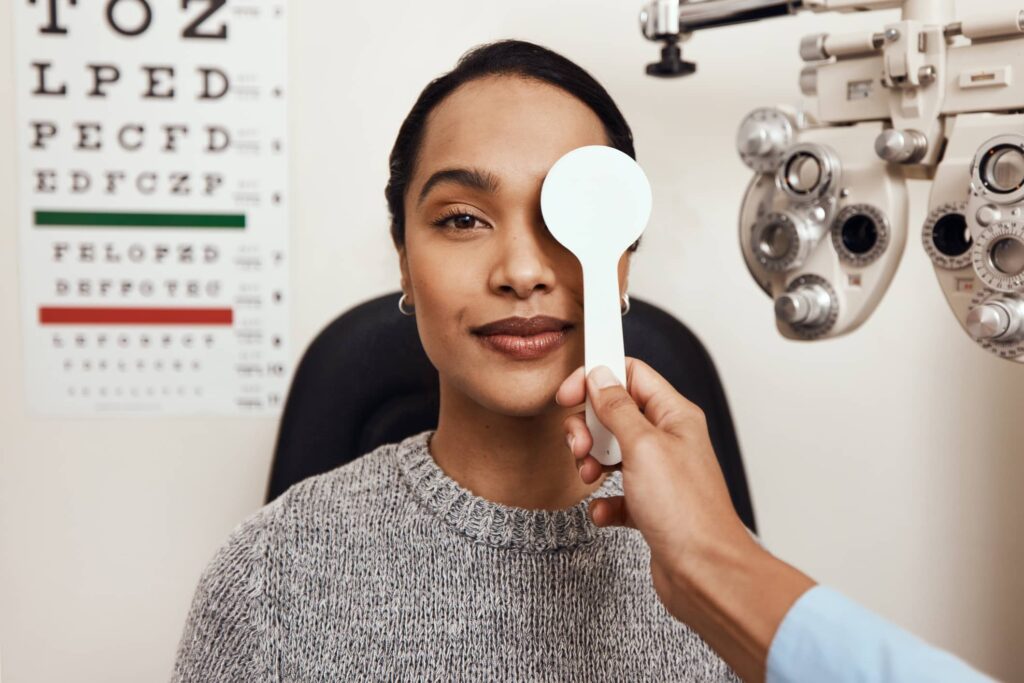All Categories
Featured
Table of Contents

Regular eye evaluations are essential for maintaining great vision and spotting potential eye health and wellness issues early. Nevertheless, the regularity of these examinations can differ considerably based upon a person's age, way of living, and overall health. Understanding the recommended schedule for eye exams can help ensure that people of all ages get appropriate care and surveillance for their eye health.
Infants and Toddlers (0-2 Years)
For infants and toddlers, eye tests are vital for identifying any prospective vision problems beforehand. The American Academy of Ophthalmology advises that a child's first eye exam should happen at around 6 months of age. Throughout this initial see, the eye care expert will certainly examine the child's aesthetic advancement and check for any type of noticeable eye problems.Following this initial exam, it is suggested that kids have an additional eye exam at age three. This see will certainly focus on evaluating the youngster's general aesthetic feature, consisting of eye alignment and the capability to track objects. If no problems are detected, the next exam ought to be set up prior to the child starts institution, normally around age five or six.
School-Aged Kids (6-18 Years)
Regular eye exams must be scheduled every one to two years when children reach school age. Vision is vital for finding out and advancement, and lots of institutions perform vision screenings. These testings do not replace a thorough eye exam by an eye care expert.For kids included in sporting activities or activities requiring substantial aesthetic focus, annual eye examinations may be recommended. Furthermore, if a kid displays indications of vision issues-- such as difficulty checking out, squinting, or constant frustrations-- a visit to the eye medical professional need to be scheduled as soon as possible.
Young Person (19-39 Years)
Young grownups typically have fewer vision changes than older age, however regular eye examinations remain necessary. The general suggestion is to arrange an eye test every two years during this period. Individuals with specific danger elements-- such as a family members background of eye disease, diabetic issues, or those that wear call lenses-- must take into consideration yearly eye exams.Furthermore, those that invest substantial time on digital tools may experience digital eye stress. If symptoms such as dry skin, fatigue, or obscured vision happen, it may be wise to see an eye treatment expert quicker.
Adults (40-64 Years)
Adults aged 40 to 64 should schedule eye exams every one to two years. Eye tests can likewise assist discover other typical age-related conditions such as glaucoma, cataracts, and macular deterioration.If individuals in this age group have danger factors such as high blood stress or diabetes mellitus, they may need even more regular assessments to monitor their eye health closely.
Senior Citizens (65 Years and Older)
For elders, normal eye tests become also much more crucial. The American Optometric Organization suggests that people matured 65 and older have an eye test at least as soon as a year.Conclusion.
Understanding the ideal schedule for eye exams based on age is vital for preserving optimum eye wellness throughout life. By adhering to these guidelines and seeking advice from with an eye care professional, individuals can take aggressive steps towards preserving their vision and general health.Table of Contents
Latest Posts
Design and Performance Combined
Published Apr 19, 25
1 min read
Checking out the Advantages of WyHy Share Interest-bearing Account
Published Apr 19, 25
1 min read
Emergency Situation Roof Covering Repair Service-- Stopping Leakages in Their Tracks
Published Apr 19, 25
1 min read
More
Latest Posts
Design and Performance Combined
Published Apr 19, 25
1 min read
Checking out the Advantages of WyHy Share Interest-bearing Account
Published Apr 19, 25
1 min read
Emergency Situation Roof Covering Repair Service-- Stopping Leakages in Their Tracks
Published Apr 19, 25
1 min read